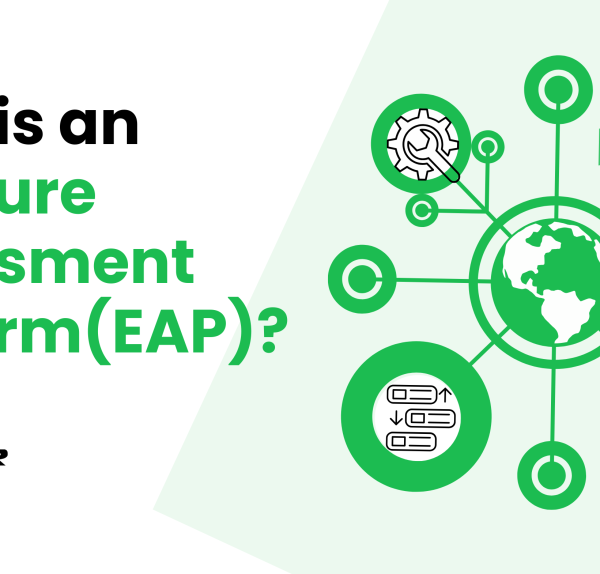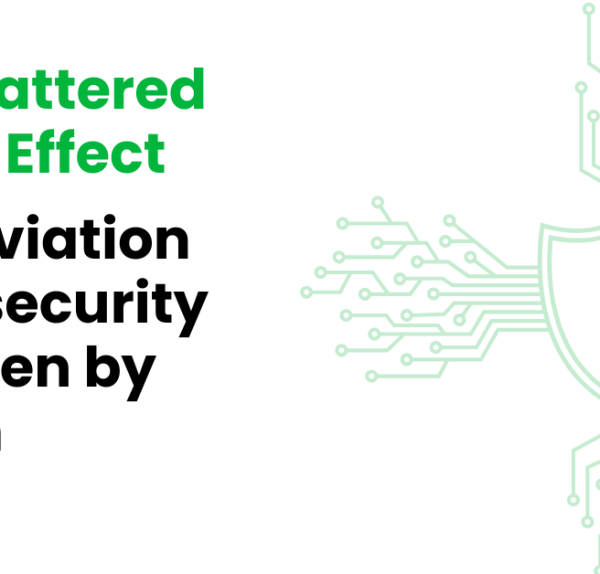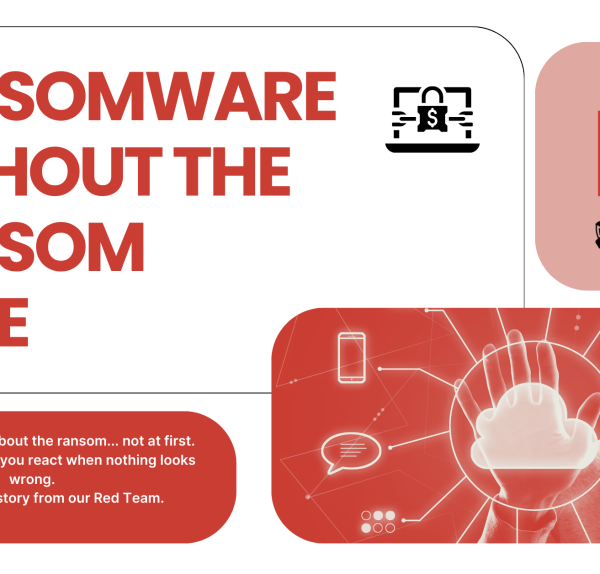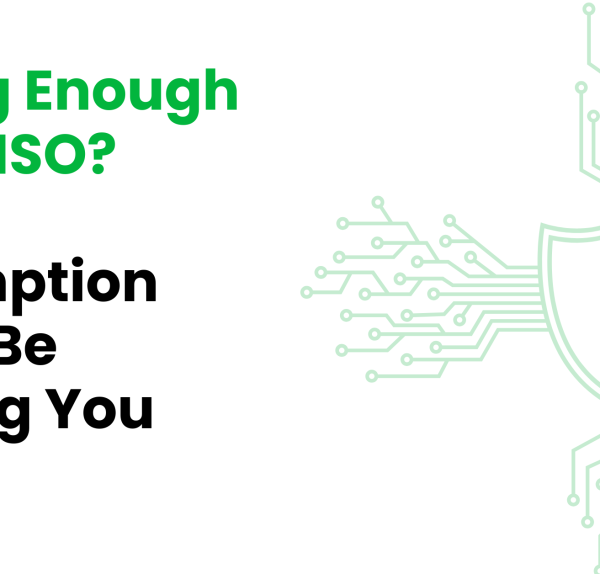Ensuring compliance with the Monetary Authority of Singapore’s (MAS) Technology Risk Management (TRM) guidelines (official guide) is essential for Financial Institutions (FIs) and fintech companies operating in Singapore. As one of the world’s major financial hubs, maintaining high standards is vital to safeguarding the sector’s stability. For many organizations, starting MAS TRM compliance requires a systematic approach that aligns with business goals while meeting regulatory obligations. This article explores why and how FIs should embark on the compliance journey effectively.
1. Why Starting MAS TRM Compliance
Regulatory Obligation
The Monetary Authority of Singapore (MAS) mandates that all Financial Institutions (FIs) adhere to the Technology Risk Management (TRM) guidelines. Compliance is essential to avoid potential penalties, operational disruptions, and reputational damage. FIs need to fully understand the guidelines’ expectations to build robust cybersecurity policies that address data security, risk management, and business continuity.
- Industry-Wide Impact: MAS TRM guidelines apply to a broad range of institutions, including banks, insurance companies, fintech firms, and payment service providers.
- Clear Framework: The guidelines outline comprehensive expectations for IT governance, cybersecurity, and risk management, helping FIs understand their obligations.
Operational Resilience
The TRM guidelines are not just about compliance but also about ensuring FIs are resilient against cybersecurity threats. Following the MAS TRM framework ensures that businesses are prepared to respond swiftly to incidents and minimize operational downtime.
- Incident Response: A structured incident response plan minimizes the impact of cybersecurity incidents, reducing recovery time and limiting business disruptions.
- Business Continuity: Business continuity measures ensure essential functions continue even during significant disruptions, providing critical services to clients without delay.
Customer Trust and Market Access
Customers demand that their financial data be handled securely. MAS TRM compliance demonstrates a firm’s commitment to protecting sensitive information and maintaining stringent cybersecurity standards, which ultimately builds customer trust. Additionally, complying with the guidelines is often a prerequisite for accessing new markets or forming partnerships with other firms.
- Reputation Management: FIs that can showcase strong data protection policies and regulatory adherence are more likely to retain customers during data security incidents.
- Market Expansion: Market access often depends on compliance with local regulations. MAS TRM-compliant firms are better positioned to enter new markets.
Risk Reduction
Adopting the MAS TRM framework helps organizations identify and address vulnerabilities, reducing the risk of data breaches, insider threats, and external attacks.
- Vulnerability Management: The guidelines emphasize proactive vulnerability assessment, helping organizations identify security gaps before they can be exploited.
- Threat Intelligence: Leveraging continuous monitoring and threat intelligence allows firms to anticipate emerging risks and adapt their defenses.
Financial Savings and Growth
By reducing the risk of costly cybersecurity incidents, MAS TRM compliance can save FIs money. Preventing data breaches or minimizing their impact reduces potential fines, recovery costs, and legal expenses. Additionally, establishing a strong cybersecurity framework aligned with MAS TRM guidelines can become a growth driver by enabling strategic partnerships and new client acquisition.
- Reduced Fines: Effective compliance reduces the likelihood of regulatory penalties associated with data breaches.
- Legal Cost Reduction: A proactive security posture minimizes litigation costs arising from cybersecurity incidents.
2. Starting MAS TRM Compliance: From First Step to the Final Audit
A successful MAS TRM implementation is based on a strong governance, thorough risk assessment, adherence to security measures and specialized cybersecurity enforcement.
Establishing Governance and Leadership
First thing first : start by appointing a senior executive or risk committee to oversee the compliance initiative, that have the power and will to advance the cybersecurity and compliance agenda. Define roles, responsibilities, and risk management policies tailored to your organization’s specific goals and risk appetite.
Conducting a Comprehensive Risk Assessment
When starting MAS TRM compliance, map out the organization’s entire IT ecosystem, including internal assets, cloud infrastructure, and third-party services. Conduct a risk assessment to identify vulnerabilities, prioritize critical assets, and align remediation efforts with the business impact of threats.
Implementing Security Controls
Focus on implementing fundamental security controls such as access management, network security, data encryption, endpoint protection, and regular vulnerability scanning. These controls safeguard sensitive data and systems while minimizing the attack surface and should be one of top priority when starting MAS TRM compliance.
Developing Incident Response and Business Continuity Plans
Forming an incident response team is maybe overkill when starting MAS TRM compliance. Focus first on identifying a trusted external partner, establish clear roles, and design with them a playbook that details detection, containment, and recovery strategies. Prepare business continuity plans that ensure critical functions can continue during disruptions and regularly back up essential data.
Managing Third-Party Risks
Thoroughly vet third-party service providers, establish clear security clauses in contracts, and conduct periodic audits to ensure that partners align with your firm’s TRM policies. When you are starting MAS TRM compliance, this may be hard because some vendors you trust may in fact induce great risks.
Monitoring and Reviewing Compliance
As soon as you are starting MAS TRM compliance, implement automated monitoring solutions to track security logs, alert on unusual activities, and correlate data across systems. Schedule periodic internal audits and update cybersecurity policies to reflect new insights and emerging threats.
Preparing for the Final Audit
Ensure evidence collection is automated, comprehensive, and mapped directly to MAS TRM requirements. Conduct dry audits regularly to refine the final review process and address any gaps before the actual audit is a must-do when starting MAS TRM compliance for the first time. And even after
3. Most Common Challenges when Starting MAS TRM Compliance
Despite the guidelines’ clear objectives, many organizations face MAS TRM common challenges during implementation that hinder full compliance.
1. Lack of Resources and Expertise
Many smaller financial institutions lack the in-house expertise or resources needed to manage complex cybersecurity requirements effectively.
- Solution: Prioritize risk areas, invest in staff training, and collaborate with third-party specialists who understand the MAS TRM framework.
2. Difficulty in Third-Party Risk Management
Ensuring that third-party vendors comply with MAS TRM guidelines can be challenging, especially if partners lack robust security protocols.
- Solution: Conduct thorough due diligence, establish clear contractual security requirements, and regularly audit third-party providers.
3. Inadequate Incident Response Planning
Some organizations underestimate the complexity of effective incident response, leaving them unprepared for cybersecurity incidents.
- Solution: Develop a detailed incident response plan with clearly defined roles and procedures. Regularly test the plan with dry runs or tabletop exercises.
4. Continuous Monitoring Challenges
Maintaining continuous monitoring is essential but can be overwhelming due to the large volume of data generated across systems.
- Solution: Implement automation tools that offer real-time monitoring and alerting, enabling quick identification and response to security issues.
5. Managing Multiple Compliance Frameworks
Financial institutions often must comply with multiple regulatory standards, and managing them simultaneously can be burdensome.
- Solution: Use compliance automation platforms that cross-reference controls across frameworks to identify overlapping requirements and streamline workflows.
By being aware of these common challenges, financial institutions can strategically plan their compliance journey and address potential roadblocks proactively.
4. Kickstarting MAS TRM Compliance: The Need for Automation
Financial Institution in Singapore must embrace tools and technologies that streamline MAS TRM compliance processes to cope with regulatory standards like MAS TRM, CSA CEM or PDPA that are increasingly stringent.
Complexity Reduction
The comprehensive nature of MAS TRM guidelines makes starting MAS TRM compliance a challenge, especially for smaller financial institutions. Automation platforms like XRATOR AutoComply simplify this process by offering an interconnected system that handles evidence collection, compliance cross-referencing, and streamlined workflows.
- Automated Evidence Collection: Compliance automation platforms gather and store evidence automatically, linking each piece directly to MAS TRM requirements.
- Cross-Referenced Compliance: Automated platforms map multiple compliance standards simultaneously, ensuring that redundant efforts are minimized and controls align across frameworks.
- Workflow Management: By standardizing compliance workflows, organizations can efficiently assign tasks, monitor progress, and ensure timely completion of compliance-related activities.
Real-Time Monitoring
Starting MAS TRM complianceis one step, but staying compliant requires proactive identification and response to emerging threats. Tools like XRATOR Operator provide real-time monitoring by leveraging Risk-Based Vulnerability Management (RBVM) and Cyber Asset Attack Surface Management (CAASM) to continuously evaluate IT ecosystems.
- RBVM Integration: By assessing vulnerabilities in real time and aligning them with an organization’s risk appetite, RBVM provides actionable remediation steps to address the most critical threats.
- CAASM Visibility: CAASM ensures comprehensive visibility of all digital assets, uncovering shadow IT and identifying security gaps in external partners.
- Alerting and Correlation: Automated alerts notify teams of emerging issues, while data correlation across systems highlights suspicious behavior.
Resource Optimization
Automation helps prioritize vulnerabilities based on business impact, ensuring resources are directed toward addressing high-risk areas. XRATOR Operator, for instance, aligns vulnerability management with broader business goals, allowing IT and security teams to make data-driven decisions and to kickstarting MAS TRM compliance.
- Vulnerability Prioritization: RBVM quantifies vulnerabilities in the context of their impact on business operations, so remediation efforts can be focused on high-risk threats.
- Efficient Workflow Management: Streamlined workflows reduce the need for manual intervention, freeing up IT resources for strategic risk management and planning.
Audit Readiness
One of the biggest challenges organizations face with starting MAS TRM compliance is ensuring continuous audit readiness. XRATOR AutoComply automates evidence collection and centralizes compliance data, making it easy to generate comprehensive reports that align with MAS TRM standards.
- Dry Audits: Periodically conducting mock audits helps organizations refine their compliance processes and identify potential gaps before a real audit.
- Reporting and Analytics: Tailored reports for IT, management, and auditors allow organizations to communicate compliance status effectively across stakeholders.
Third-Party Management
Third-party vendors introduce additional risk. While it may not be the first thing to do when starting MAS TRM compliance, it stays a mandatory step toward full adherence to the framework.
- Vendor Risk Assessments: Comprehensive assessments evaluate a vendor’s security posture against your organization’s standards.
- Regular Audits: Periodic vendor audits ensure third parties adhere to the same level of cybersecurity rigor expected internally.
Conclusion
Starting MAS TRM compliance is a strategic decision that requires clear governance, comprehensive risk assessment, and automation to manage the complexity of cybersecurity in today’s financial landscape. By adhering to the steps outlined, financial institutions can ensure robust MAS TRM compliance while building a strong cybersecurity posture that aligns with business objectives.






